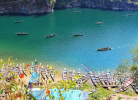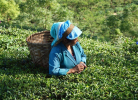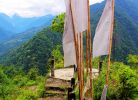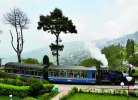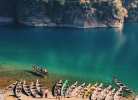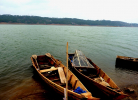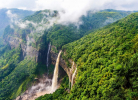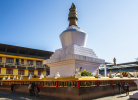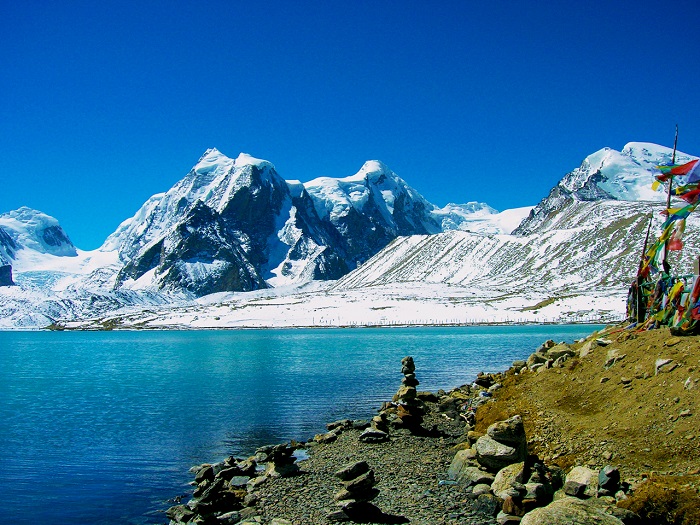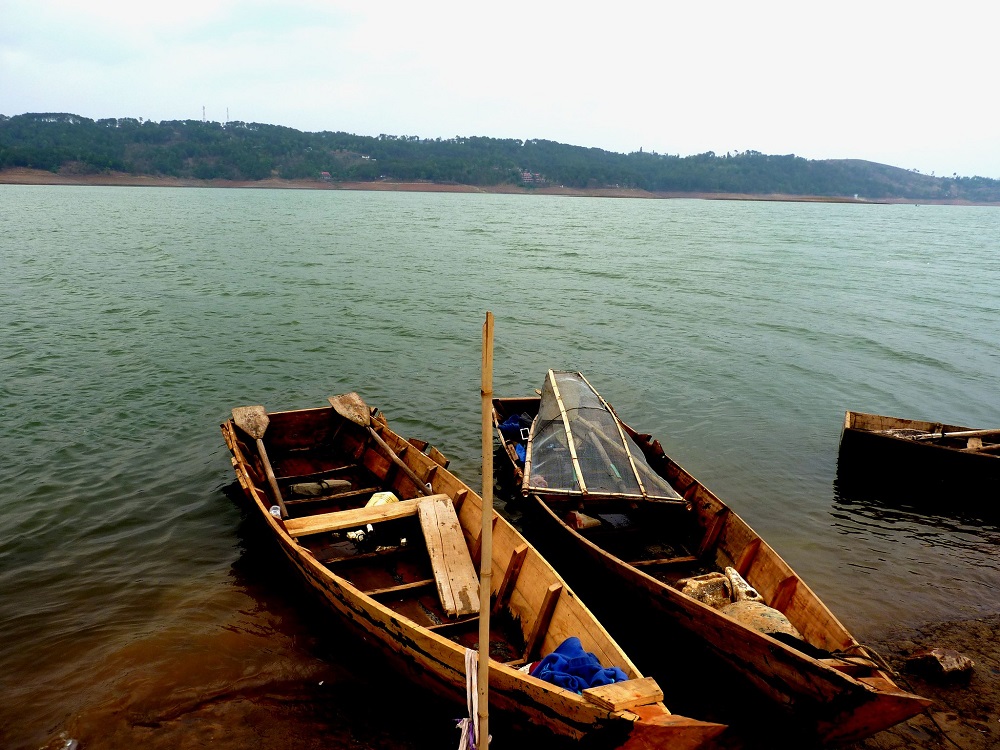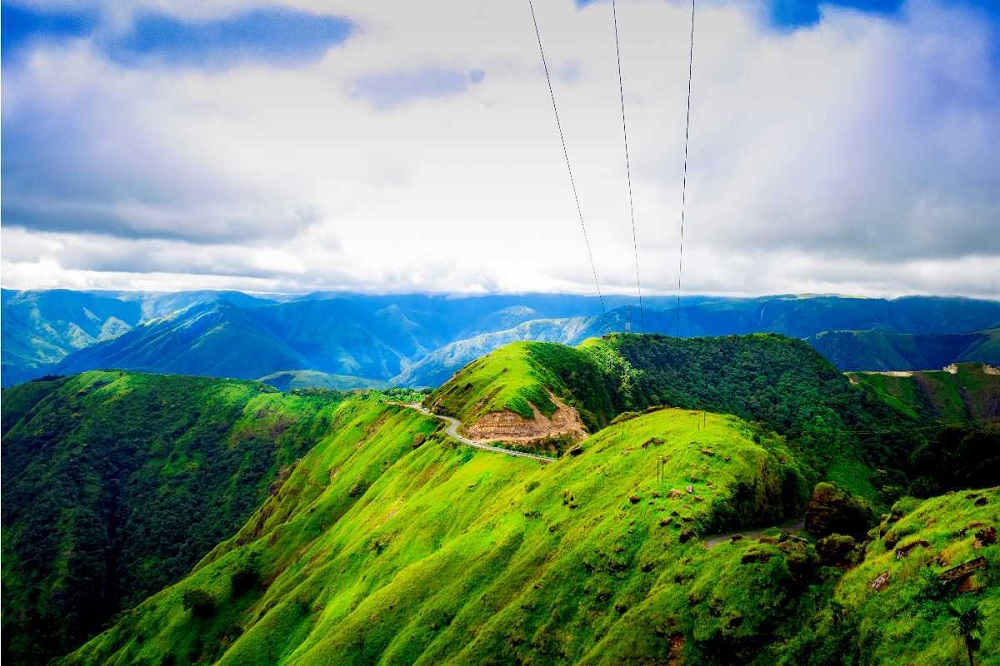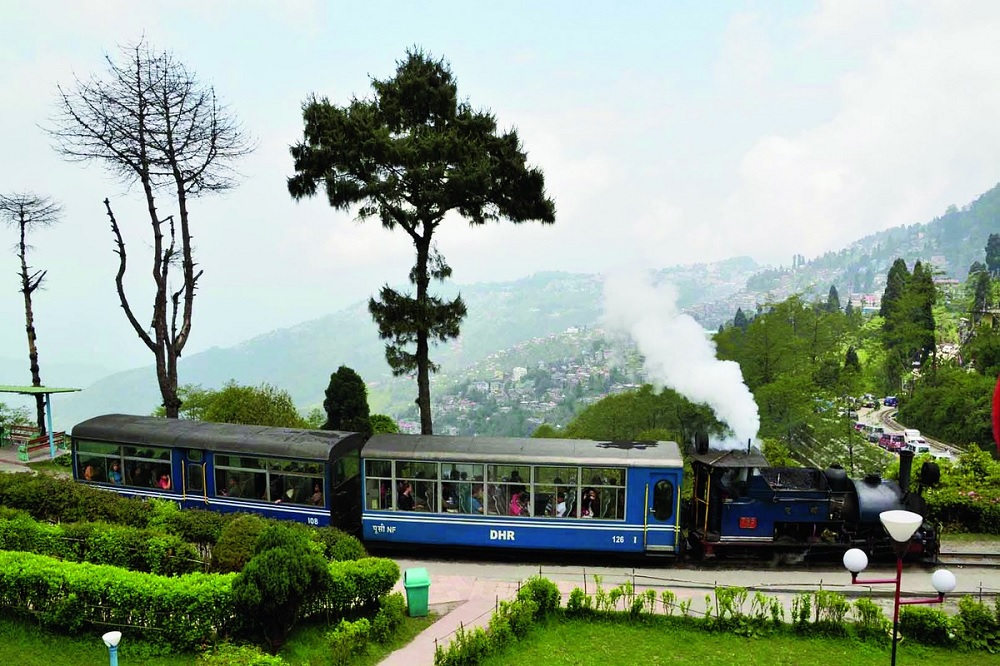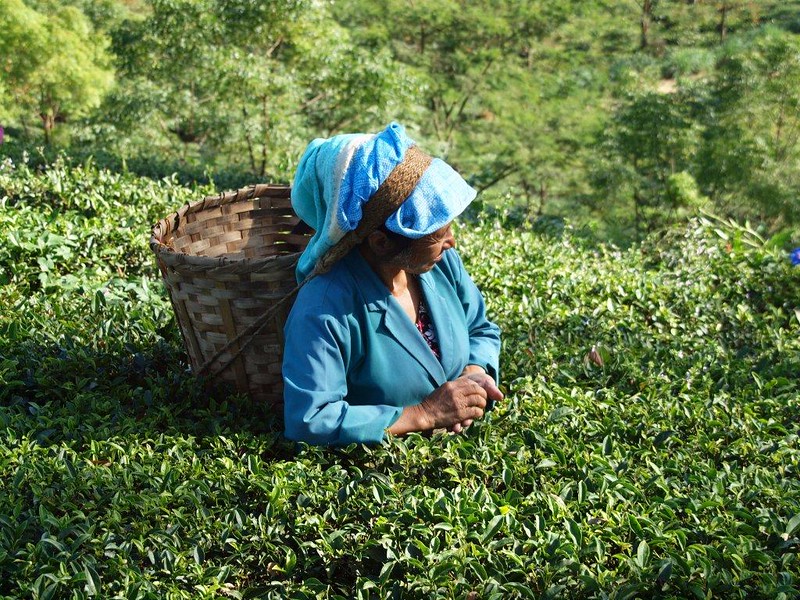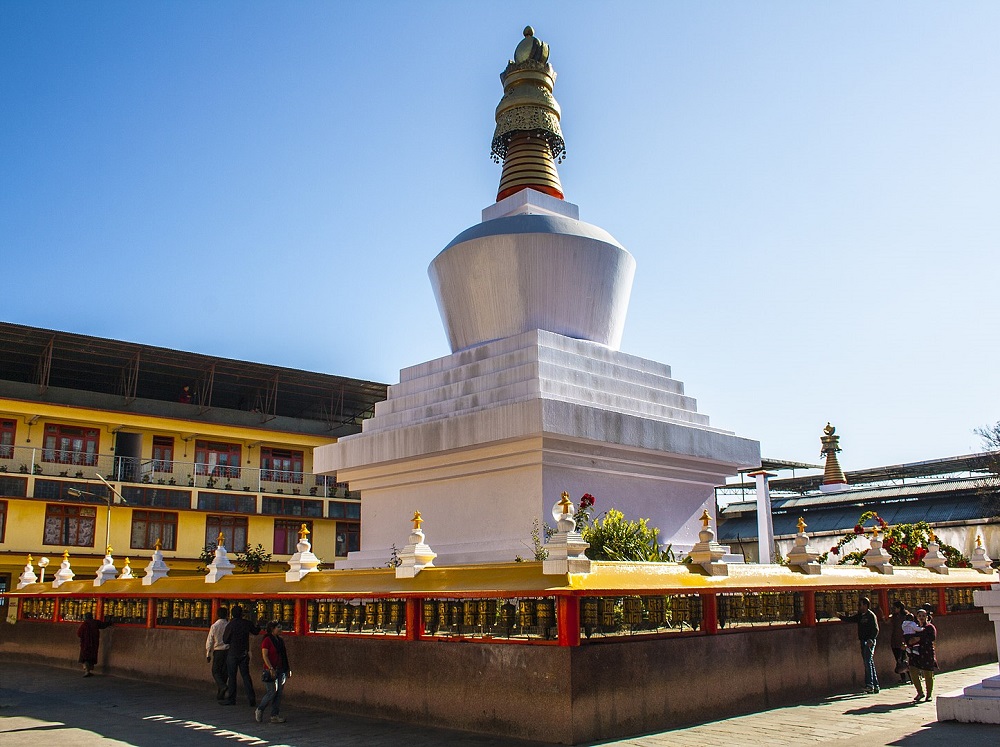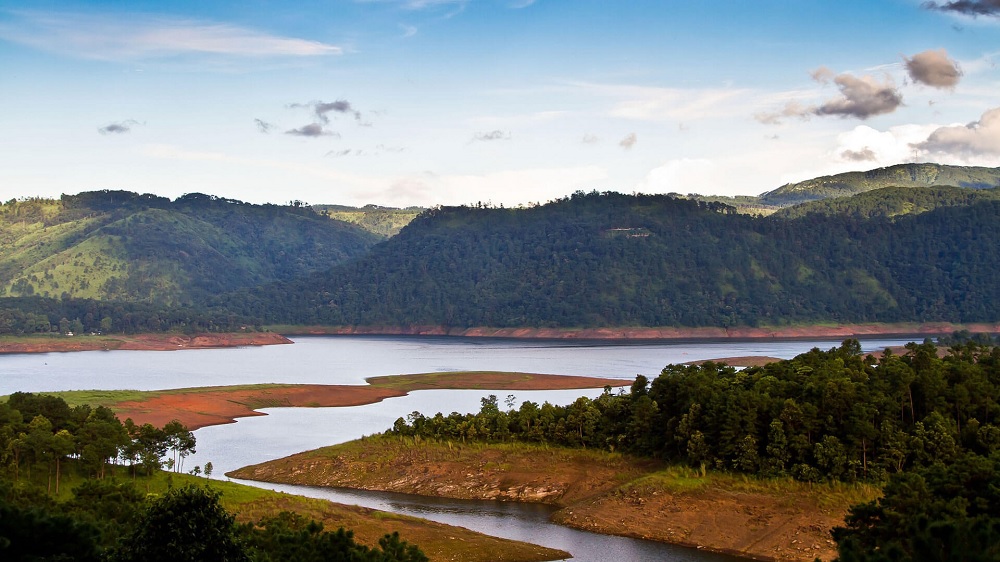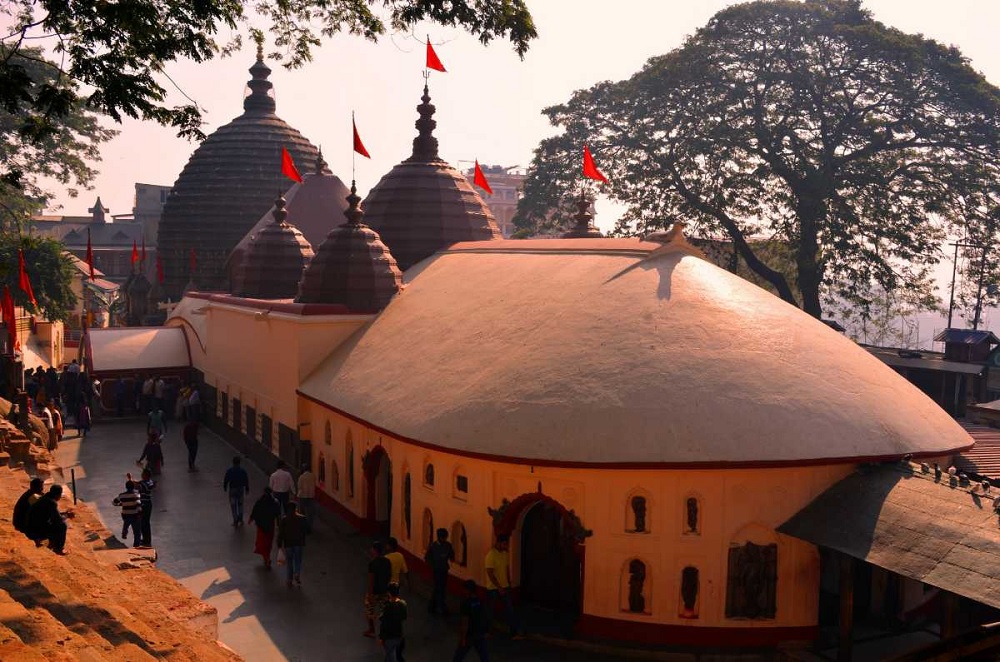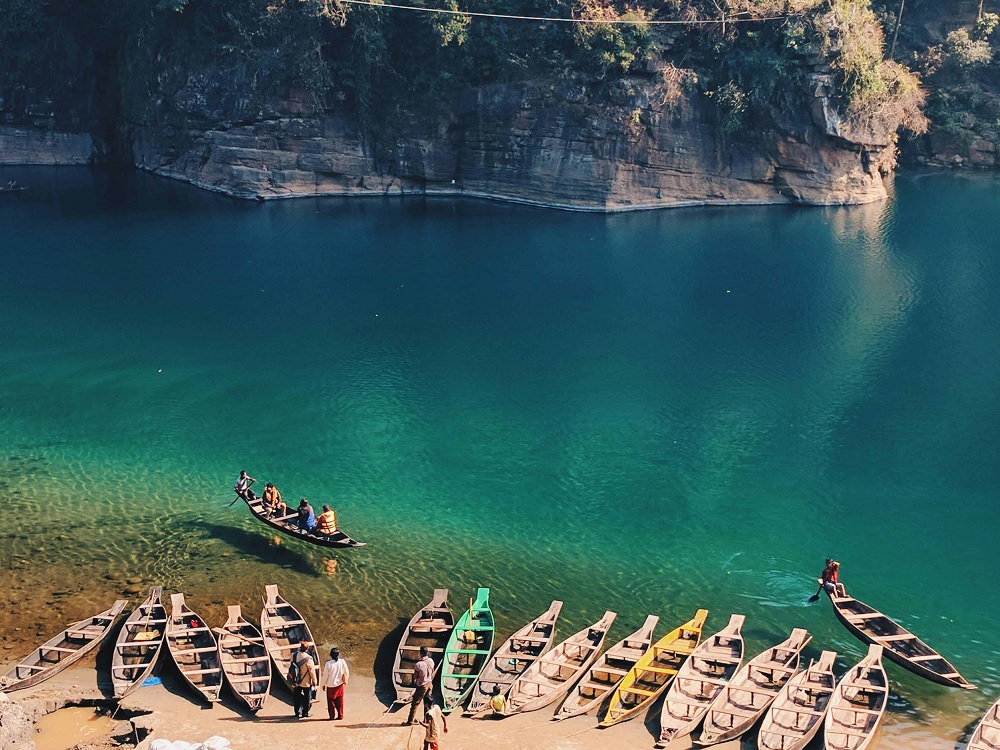15 Famous Festivals in North East India
Besides being a region of hills and mountains, the northeast is also a region with a rich cultural heritage. The people of northeast India are very much connected to their roots and culture. It is highly showcased in the festivals celebrated in the region. Though there are numerous important festivals in Northeast India, we have picked and highlighted some of the popular ones.
So, here’s a list of 15 famous festivals celebrated in northeast India:
1. Bihu, Assam
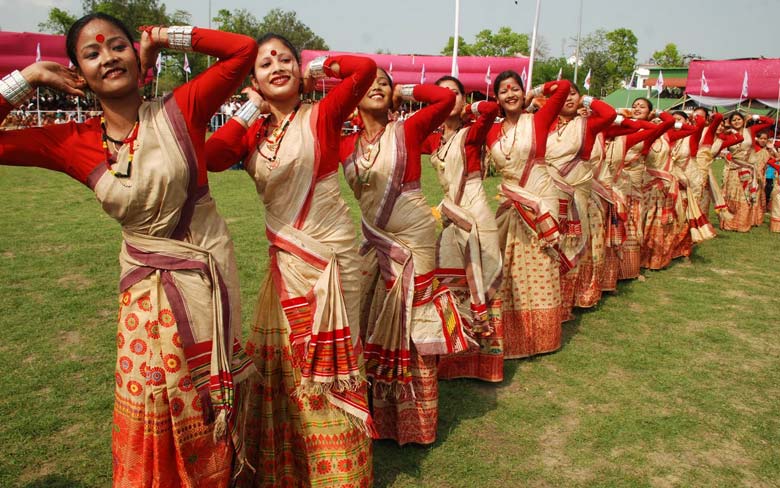
Bihu is the most important festival for the people of Assam. There are three types of Bihu celebrated throughout the year, namely, Bhogali Bihu, Rongali Bihu, and Kati Bihu. Rongali Bihu is celebrated during April, which also marks the beginning of the Assamese New Year. It is the time of seeding and planting paddy crops.
The first day of the Bihu is dedicated to cows, who are a vital part of agricultural activities. Bihu savories like peetha, ladu are prepared and people are invited to each others’ place to enjoy the same. Everyone dances on the tunes of Bihu, which is popularly known as Husori. Kati Bihu is celebrated in October during which the plantation is completed. It is a solemn occasion. Bhogali Bihu is celebrated in January during the end of the harvest season. Friends and family sit together to enjoy a sumptuous meal, bonfire, and dance around in the tunes of the Bihu song.
2. Moatsu Mong, Nagaland
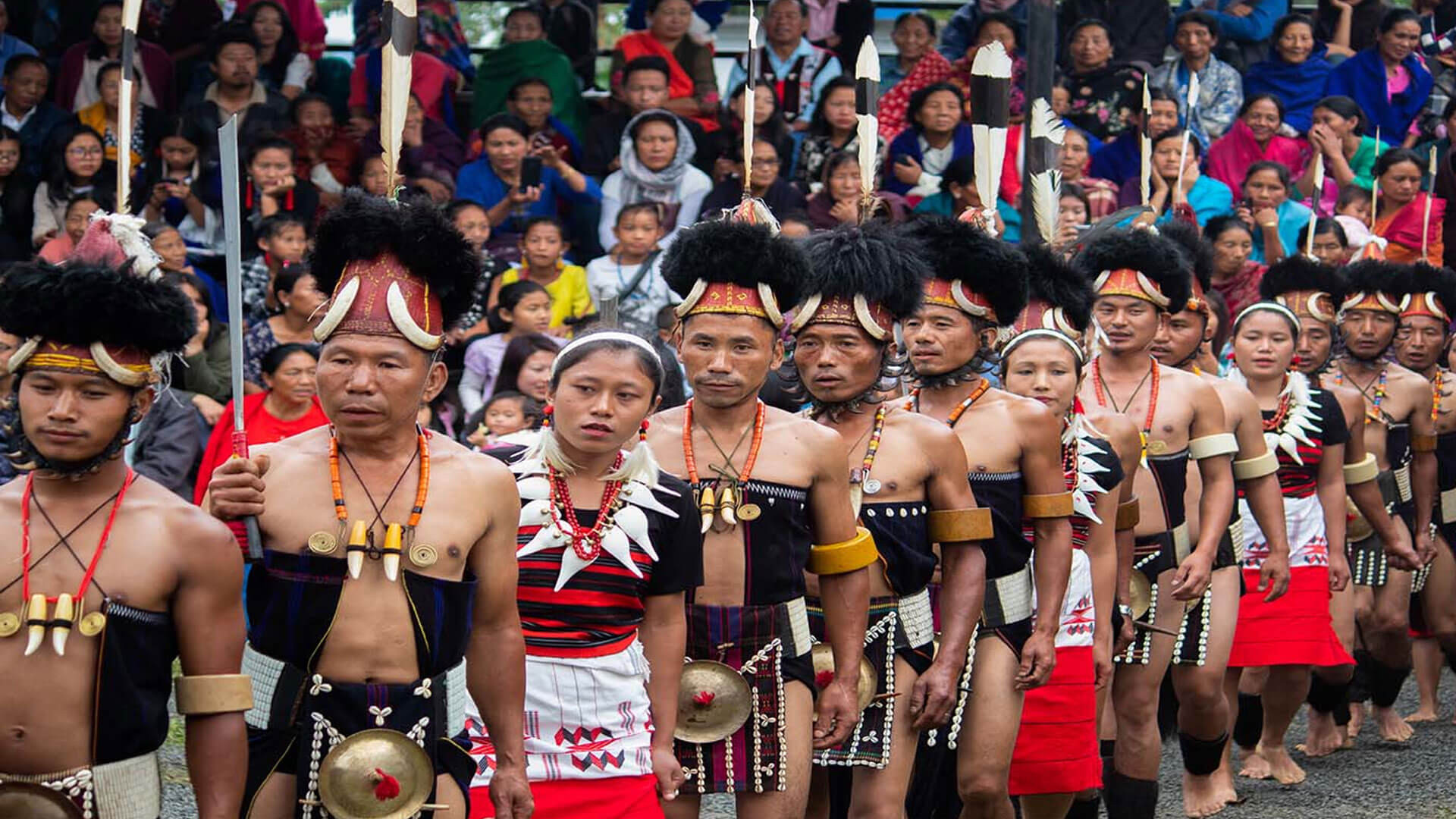
Moatsu Mong Festival is the cultural festival of the state of Nagaland. It marks the end of the sowing and harvesting season. IT is held in the Mokokchungdistrict of Nagaland and celebrated by the Ao tribe. People gather in large numbers are indulge in group dancing and singing. Men perform the warrior dance and women sing together.
Everyone dresses up in the best of their attires, prepare their local delicacies, brews wine/beer and sits around a bonfire to indulge in feasting. The Moatsu Mong Festival is celebrated during the first week of May. It lasts for three days.
3. Lui-ngai-ni, Nagaland & Manipur
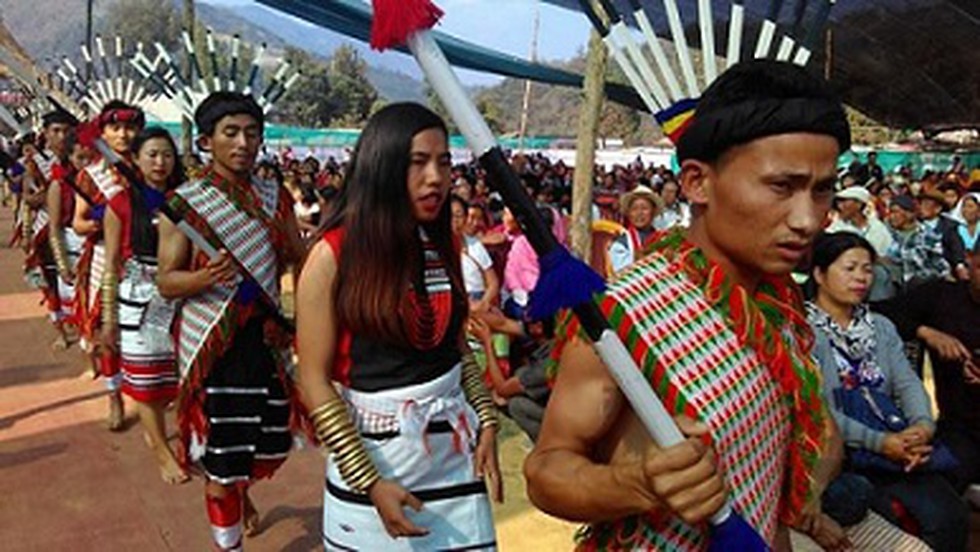
Yet another important festival of the state of Nagaland. It is celebrated by all the tribes of the states. It is also widely celebrated in the Naga-occupied regions in the state of Manipur. It marks the beginning of the seed sowing season. People gather in great numbers with friends and family and perform their traditional dances with much zeal and enthusiasm.
There are also rituals of lighting the fire and performing mantras to bless the seeds. Every household prepares their local delicacies and savories and enjoys the same together. The Lui-Ngai-ni Festival is celebrated on 15th February every year.
4. Ambubachi Mela, Assam
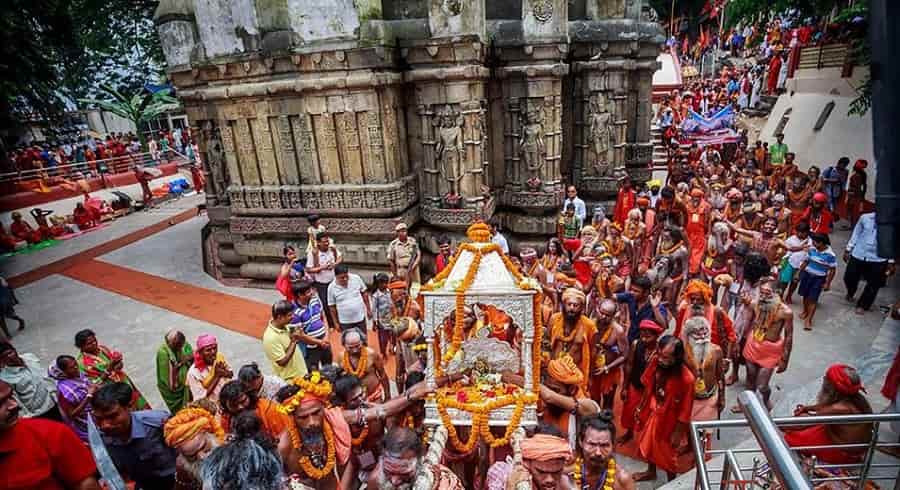
The Ambubachi Mela of Assam is celebrated during the month of June. It is believed that Maa Kamakhya residing in Kamakhya Temple in Guwahati menstruates during this period. During this time, the Brahmputra river near the temple also turns red. The festival is held for four days on the premises of the Kamakhya Temple. The Temple remains closed for the first three days during menstruation and reopens on the next day.
Tantric Sadhus gather from different parts of the world to perform unique rituals, poojas, and exercises in this Mela. A huge flock of devotees gathers to seek blessings during the Mela. During the fourth day, the festival witnesses an immense number of devotees who gather to receive bits of a cloth that is believed to be soaked in the menstrual blood of Ma Kamakhya.
5. Saga Dawa, Sikkim
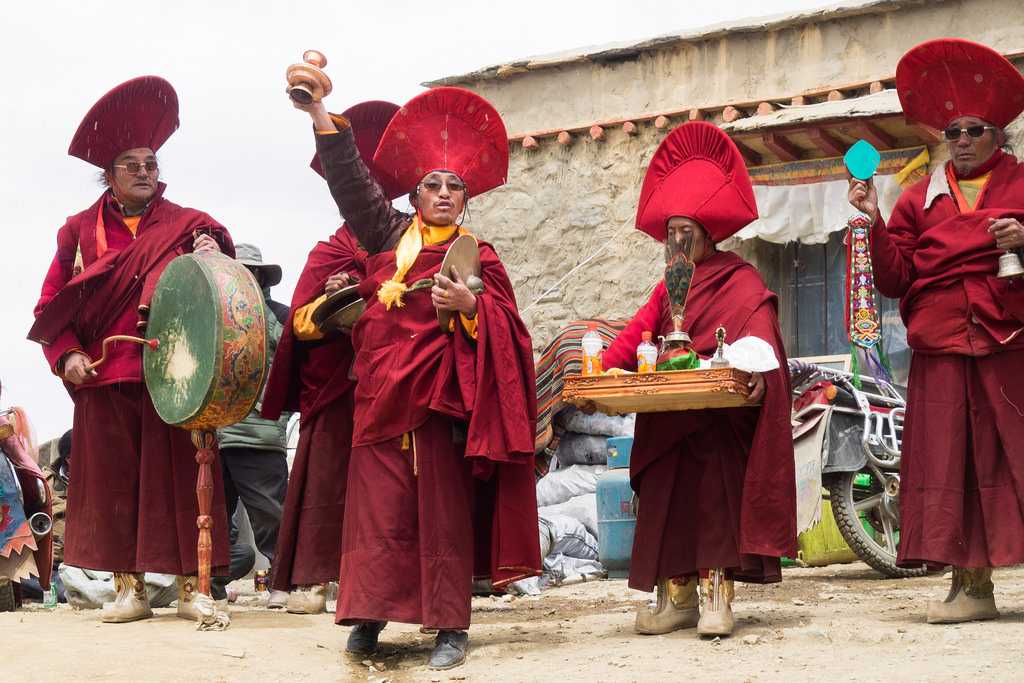
Saga Dawa is a popular Buddhist Festival celebrated in the northeastern state of Sikkim. Saga Dawa is the name given to the full moon that appears in the middle of a lunar month. This festival is celebrated during the lunar month of the Tibetan calendar, which falls between May and June.
The Festival commemorates the entire life of Gautam Buddha right from his birth to death and his teachings and enlightenment. People gather in huge numbers in monasteries to light incense sticks and offer water and dhog. They also turn Gompas, prayer wheels, read out religious texts, and chant mantras together. This is a way of offering their respect and prayers to Buddha.
6. Losar Festival, Arunachal Pradesh
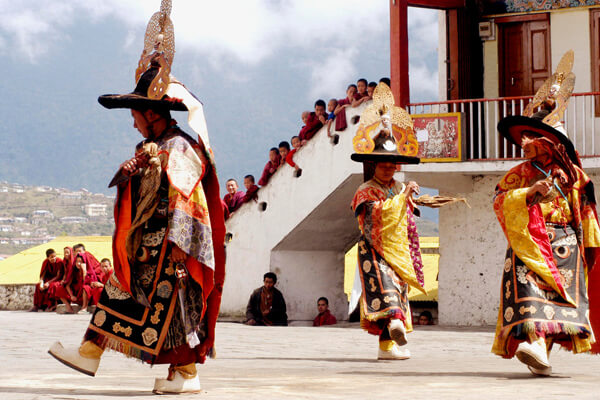
Losar Festival marks the beginning of Tibetan New Year and widely celebrated in Arunachal Pradesh. It is celebrated by the Monpa, Khamba, Memba, Nah, and Sherdukpens tribes. It is a three days festival celebrated in February.
On the first day of the festival, all the priests offer prayer to the highest priest called Palden Lhamo. People visit each others’ place to offer their best wishes. On the second day of the festival, kings and leaders are honored. On the third day, people offer prayers to the highest priest and tie prayer flags on their rooftops. The celebration continues for a longer period.
7. Hornbill Festival, Kohima Nagaland
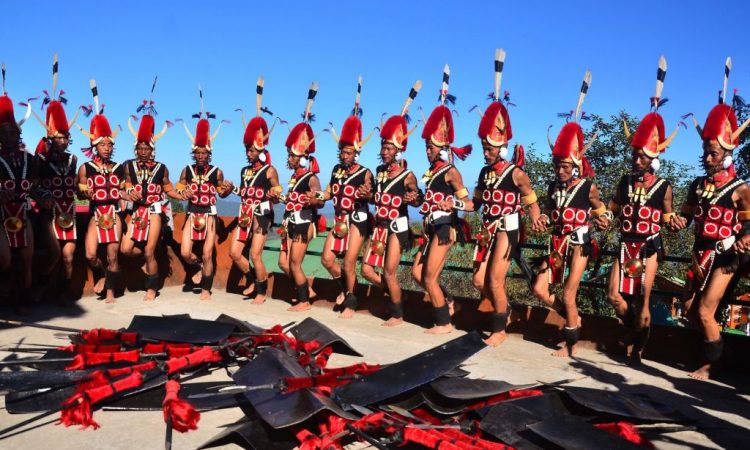
The Hornbill Festival is an annual festival of Nagaland that is celebrated from 1st to 10th December. The festival is celebrated to celebrate the traditions, cultures, and festivals of all the festivals of tribes residing in Nagaland. The heritage of 16 important tribes is showcased at the festival. It is organized by the Government of Nagaland. The Festival plays a key role in promoting tourism in the state and attracts huge crowds from different parts across the globe.
At the festival, people take part in cultural activities like dancing, singing, art and crafts like wood carvings, sculptures, paintings, games, sports, food fairs, and other ceremonies. Fashion shows, beauty pageants, archery, wrestling are also undertaken in large numbers.
8. Losoong Festival, Sikkim
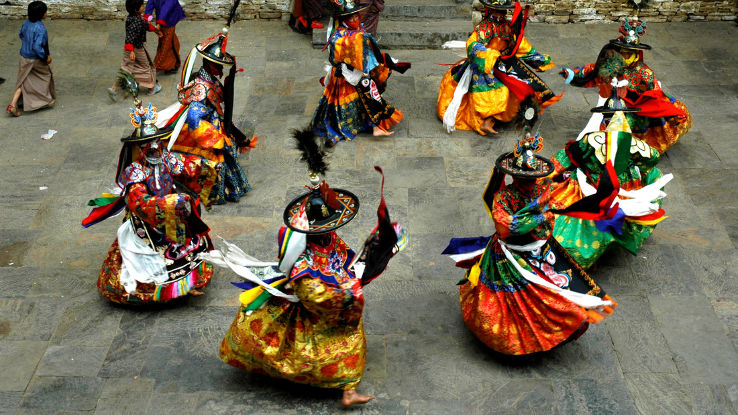
Lossong is widely celebrated in the month of December to welcome the Sikkimese New Year. It also marks the celebration of the harvest period. This festival is celebrated by two tribes Bhutia and Lepchas. The Festival is celebrated by performing their traditional dances in a group like Cham Dance and Black Hat Dance in monasteries. Locally brewed wine is drunk by everyone and feasting is done with friends and family. Archery competitions are also organized.
9. Myoko Festival, Arunachal Pradesh
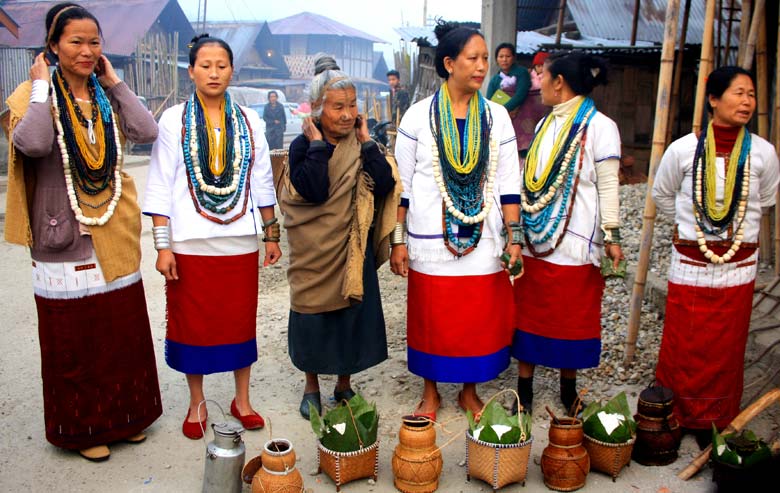
Myoko is a month-long festival celebrated by the Apatani tribe of Arunachal Pradesh. It is celebrated on a rotational basis by three communities. The whole festival revolves around rituals relating to prosperity, purification, fertility performed by the priests. The celebration consists of cultural programs such as dance, songs, etc. As a part of the tradition, pigs are sacrificed. Before the sacrifice, the priests known as shamans recite sacred prayers and mantras and women sprinkle flour and rice beer on the pigs.
10. Torgya Festival, Arunachal Pradesh
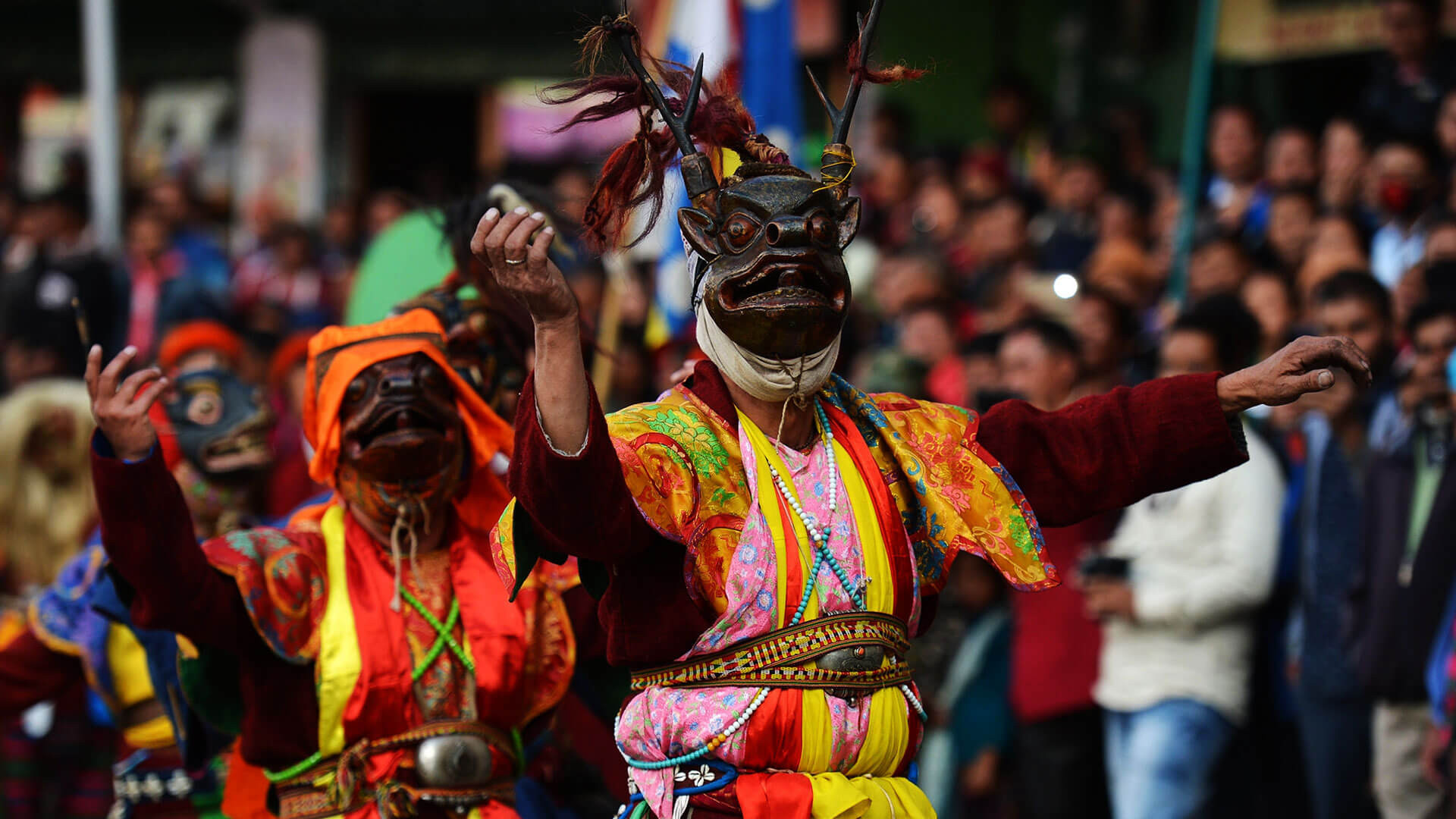
Torgya Festival of Arunachal Pradesh is a three days long festival observed by the Monpa Tribe. As a part of the festival, the monks wearing costumes perform sacred dances in the courtyard of monasteries. It has high significance as sacred dances are believed to ward off evil spirits and bring prosperity to professional and personal lives. The Festival is celebrated in late January every year in Tawang Monastery of Arunachal Pradesh.
11. Nongkrem Dance Festival, Meghalaya
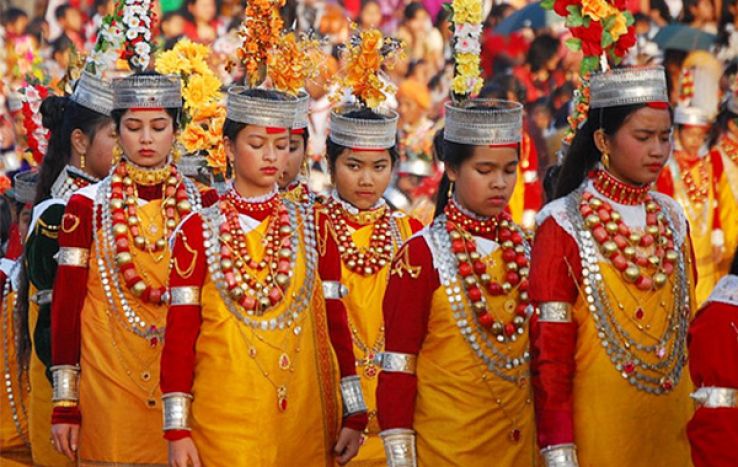
The Nongkrem Dance Festival is a five-day long dance festival widely celebrated by the Khasi tribe of Meghalaya. The Festival marks the end of the harvesting period and is celebrated as a thanksgiving occasion.
The main attraction of the festival is a dance performance by young Khasi men and women and goat sacrifice. The traditional dance of the Khasi Tribe, the “Nongkrem Dance” is performed by young women decked up in beautiful attires and ornaments. The got sacrifice ritual is known as “Pomblang”. The Festival takes place in November and celebrated in Spit, Meghalaya.
12. Mopin Festival, Arunachal Pradesh
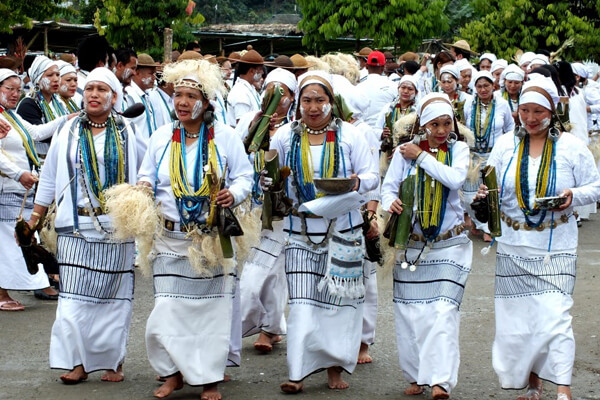
The Mopin Festival marks the beginning of the harvest period in Arunachal Pradesh. It is widely celebrated by the Galo tribe and Goddess Morpin is being worshipped. She is regarded as the destroyer of evil spirits. The main highlight of the festival is the indigenous folk dance “Popir”, which is performed by young Galo women. Traditionally rice beer is prepared in every household and served to friends and family. The festival is celebrated in April every year and celebrations are held in East and West Siang district of Arunachal Pradesh.
13. The Aoling Festival, Nagaland
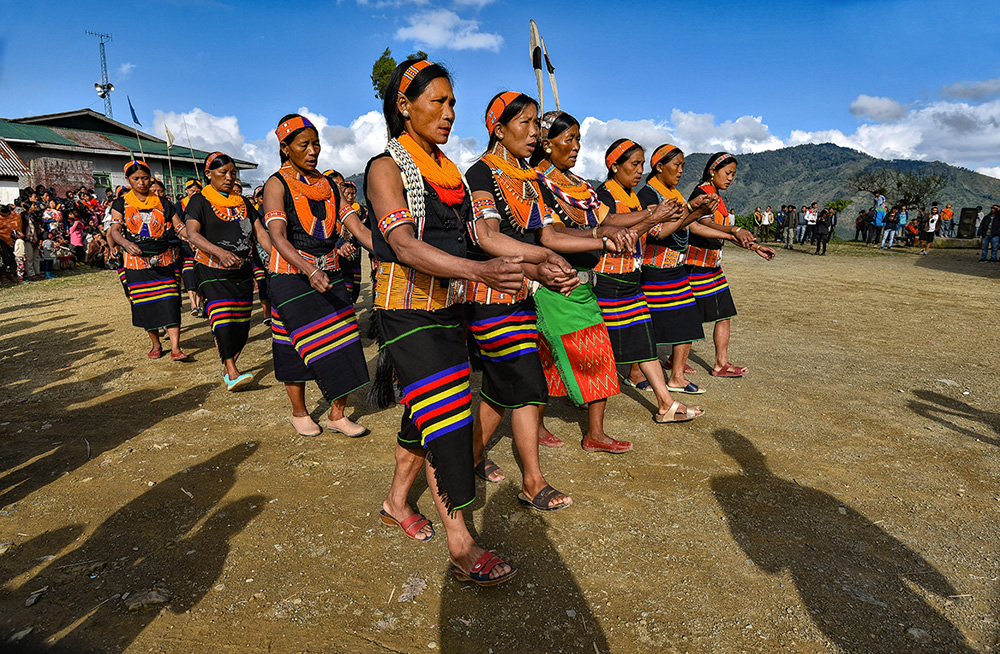
The Aoling Festival marks the beginning of the spring season (harvesting season) and the new year of the Konyak tribe of Nagaland. The Konyak tribe was once known as deadly headhunters. During this festival, all the people of the tribe gather together and perform their traditional dances and songs. They all feast together with friends and family, consume local beer/wine, and indulge in merry-making. It is celebrated during the first week of April in Mon district of Nagaland.
14. Wangala Festival, Meghalaya
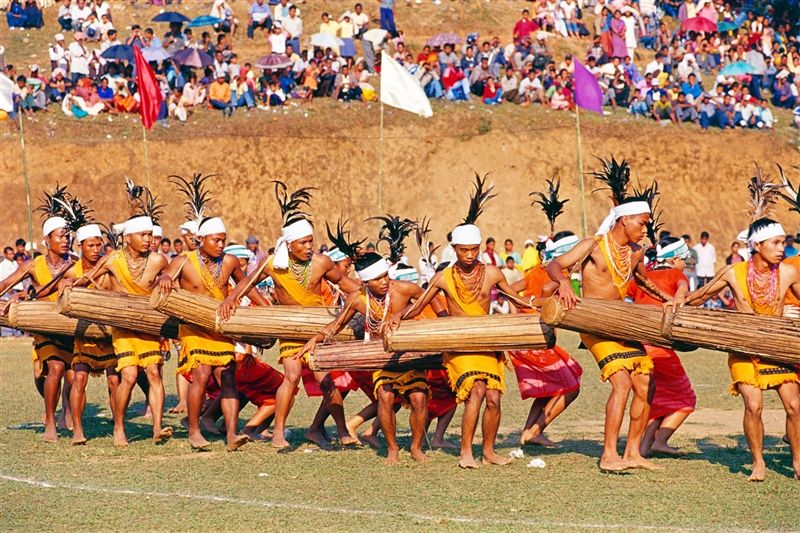
Wangala Festival is a harvest festival of the Garo tribe in Meghalaya. The festival marks the end of the harvesting and sowing season. The main highlight of the festival is the performance of their traditional dance forms along with the beating of drums and blowing horns. A total of 100 drums are being beaten together in the same tune. Handcrafts and handloom items are also showcased in exhibitions. Different competitions like dance competitions, slow cooking competitions are also held. It is held during the second week of November every year.
15. Ziro Music Festival
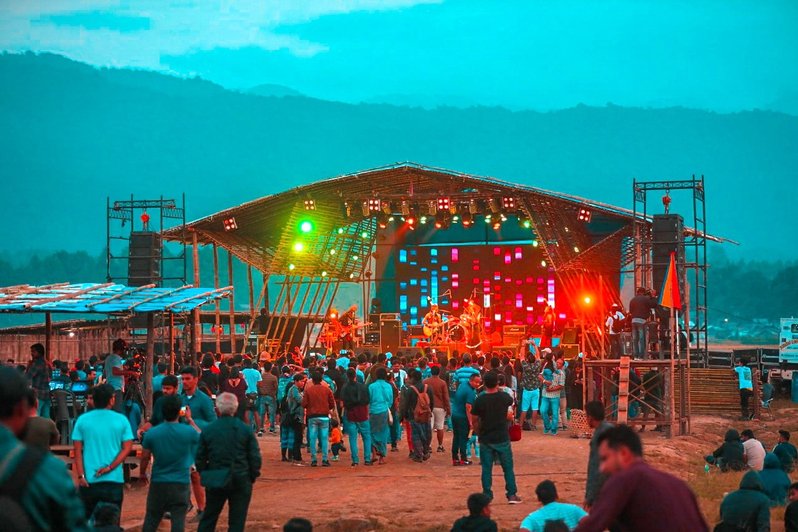
Ziro Music Festival is a grand music festival held in the Ziro valley of Arunachal Pradesh. This music festival has been making its name worldwide for all the right reasons. In this festival, top indie brands from across the world take part along with local artists. It is an eco-friendly festival wherein local recyclable materials are used for infrastructure. The festival is held in September every year.


